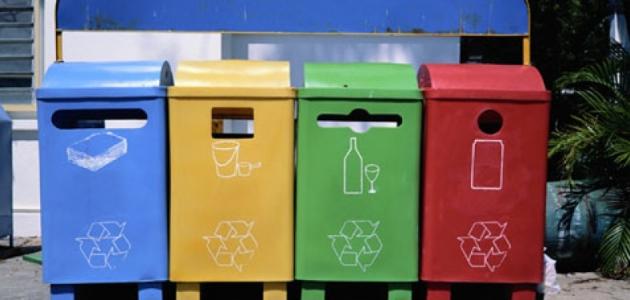household waste
The problem of household waste disposal is one of the most difficult problems facing many district administrations in different countries. Due to the increase in population numbers, and the spread of consumption patterns, in exchange for the diminishing awareness of how to get rid of them, which leads to the spread of diseases and health hazards, in addition to pressure on the state budget, so that some countries, especially the poor, are unable to solve this problem, and provide ways to get rid of it because of the high cost, In this article, we will learn about ways to get rid of them.
Stages of disposal of household waste
Domestic waste goes through several stages when disposing of it, which are:
- The house owners collected the waste by putting it in designated bags, and then placing it in the public containers located near the house.
- The Municipal Council of Residential Areas lifted the waste into one of the trucks designated for that purpose, and then transported it to a landfill.
Methods of disposal of household waste
Solid household waste
- Landfill technique: This technology is done by reducing the volume of solid waste, then burying it in a hole, that is, burying it underground. The size of this hole is sufficient to contain the amount of waste that will be buried, away from water bodies, in addition to placing a layer of cement at its bottom, and another layer of hard plastic. ; To prevent the leakage of liquid materials formed due to the decomposition of solid waste into the ground, and the contamination of groundwater.
- Production of organic fertilizer: where organic waste is converted, by bacteria in the air, into natural fertilizer used for agriculture; In order to fortify the land with nutrients, and to maintain its fertility necessary for agricultural production.
- incineration: Through it, solid waste is burned in ovens at a temperature of one thousand degrees Celsius. This is to heat water inside special tubes that produce steam to operate generators to produce electric power.
- rotation: This process targets materials that cannot be analyzed and that are reused, such as glass, plastic, metals and other materials, and every material that is recycled by the producers, for example, metals are taken to iron factories.
liquid household waste
It includes three stages:
Read also:How to paint walls- Physical pretreatment: This stage aims to reduce the percentage of pollutants and organic materials that may be sedimented in wastewater, and includes the following:
- Primary sedimentation: This is done by making the materials sedimented or static at the bottom or heads of the ponds, according to the technique used in sedimentation.
- flotation: This step is done by making the material to be treated float in a liquid medium.
- Biological secondary treatment stage: This stage depends on organic organisms (bacteria) as they break down organic compounds and convert them into harmless compounds.
- Final processing stage: This stage is very important. Because it serves as an emphasis on getting rid of impurities and suspended materials, in addition to eliminating the percentage of worm eggs and microorganisms that cause diseases to humans.









